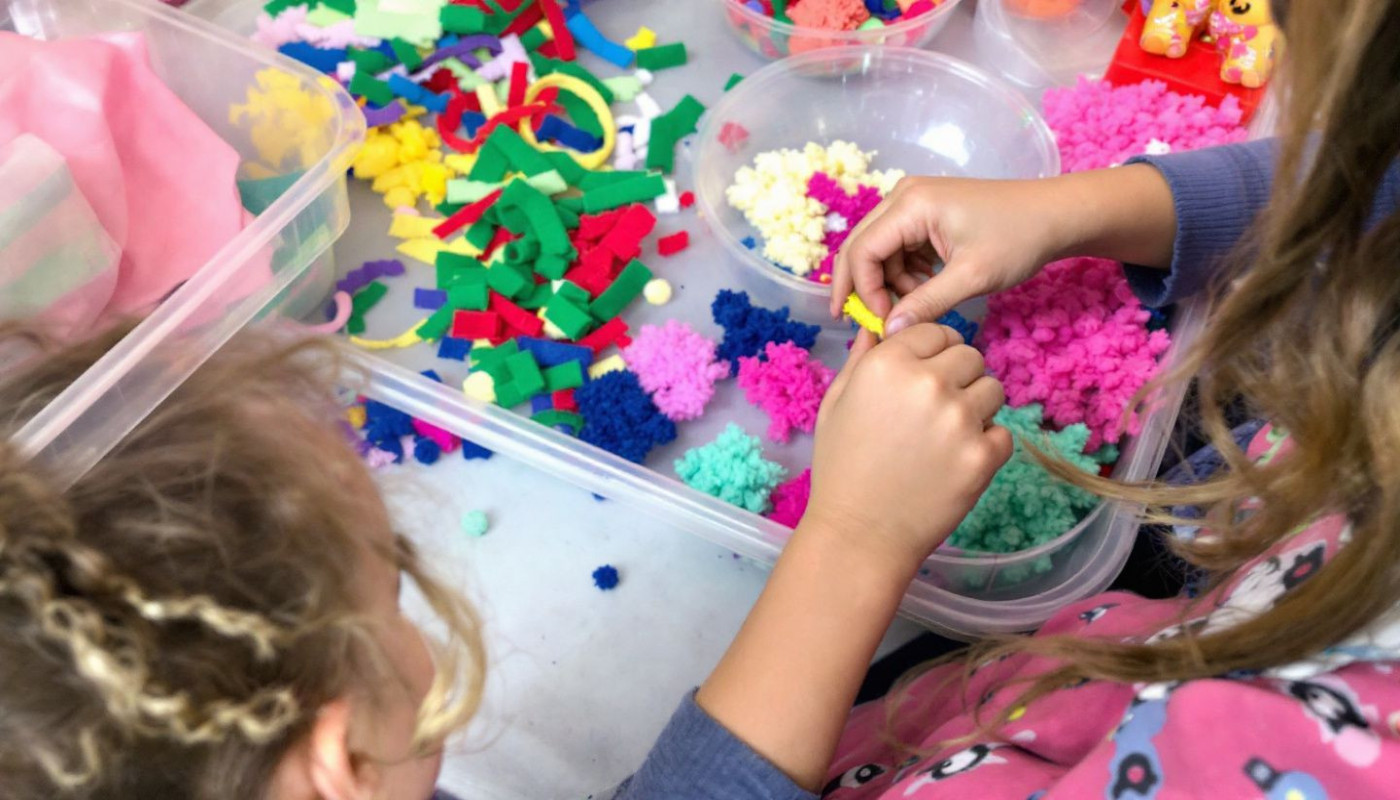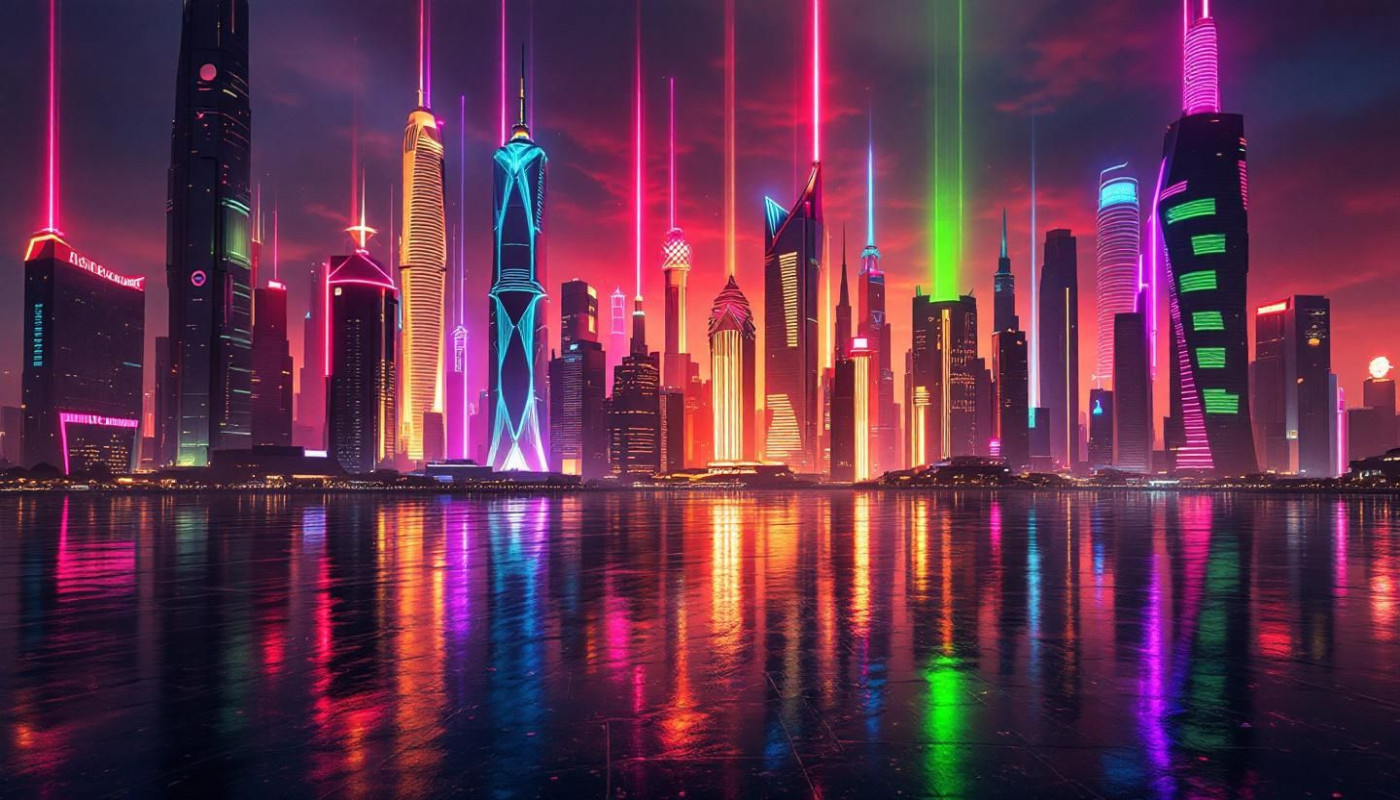Table of contents
Digital photography is constantly evolving, especially in the way it shapes and is shaped by social platforms. The latest trends are redefining how visuals are captured, edited, and shared, inviting both creatives and casual users to stay ahead of the curve. Explore how emerging styles, technology, and user behaviors are setting the tone for tomorrow’s digital galleries—read on to discover the key movements shaping this vibrant landscape.
Emerging visual styles
Across social media, digital photography trends are evolving rapidly, with visual styles reflecting both cultural shifts and the power of visual storytelling. Minimalism in photography, characterized by clean lines, uncluttered compositions, and abundant negative space, creates a calming effect and lends focus to the subject, making it widely appealing on image-driven platforms. On the opposite spectrum, the use of vibrant colors draws immediate attention in crowded feeds, amplifying engagement and enhancing visual impact. Authentic imagery, emphasizing candid moments and real-life imperfections, resonates deeply with audiences seeking genuineness and relatability in contrast to overly staged content. Experimental compositions—incorporating unconventional angles, mixed media overlays, and nontraditional framing—fuel creativity and offer fresh perspectives, fostering an environment where innovation thrives. Social media aesthetics continuously adapt to user preferences, with these influential approaches dominating feeds and setting the tone for visual communication. Those interested in further examples of such styles and their execution in professional contexts should explore Read Full Report, highlighting a curated portfolio that embodies these contemporary trends.
Mobile-first innovation
Mobile photography is undergoing rapid transformation as smartphone camera trends push the boundaries of what is possible in everyday image capture. Recent advancements in computational photography enable users to achieve professional-grade results using their devices, thanks to features like multi-frame processing, dynamic range expansion, and real-time scene recognition. Editing apps now integrate AI-driven enhancements, allowing instant content sharing with refined aesthetics directly from the phone. The widespread adoption of these tools is lowering barriers for creators, resulting in a dramatic increase in high-quality, visually compelling content on social platforms. This shift emphasizes immediacy and accessibility, ensuring that smartphone users can capture, edit, and distribute stunning images in real time, fundamentally changing how photography thrives in digital communities.
User-generated content surge
The exponential rise of user-generated content has transformed digital photography trends on social platforms. Crowdsourced content now dominates feeds, as users are motivated to share personal perspectives and visual stories. Features such as hashtags, viral challenges, and interactive tools encourage creative participation, making users active contributors to viral photography trends. Collaborative photography projects flourish, with communities coming together to produce unified visual narratives that transcend geographic boundaries. This shift empowers diverse voices and fosters a rich environment for digital storytelling, as social platforms continually introduce innovative features designed to inspire experimentation and broaden the scope of collaborative content creation.
Short-form video dominance
The surge of short-form video is reshaping digital photography on social platforms, propelling new video trends that challenge static still imagery. Platforms like Instagram and TikTok favor quick, high-impact reels, prompting photographers to merge their expertise into hybrid content creation. This approach blends traditional photography skills—composition, lighting, and subject focus—with dynamic elements such as motion effects, transitions, and synchronized audio. As a result, still images are increasingly embedded within dynamic video formats, used as captivating intros, impactful cutaways, or visual story anchors within reels. To stand out, photographers experiment with animated overlays, stop-motion sequences, and creative text integration, leveraging both technical prowess and storytelling to maximize visual engagement. These adaptive strategies enable visual artists to thrive in a rapidly evolving landscape, ensuring that photography continues to captivate audiences amidst the dominance of dynamic photography reels and short-form content.
AI-driven editing evolution
Artificial intelligence has radically reshaped the landscape of digital photography on social platforms by introducing advanced tools that automate and elevate the editing process. AI photo editing applications now offer automatic enhancements that optimize exposure, color balance, and sharpness with unprecedented accuracy, removing barriers that once demanded expert knowledge. Generative editing, a cutting-edge subset of this technology, empowers users to modify backgrounds, alter lighting, or even introduce entirely new elements into images, blurring the lines between photography and digital art. These artificial intelligence trends foster creative freedom, allowing individuals with varying skill levels to experiment and realize their artistic visions without extensive technical training. Generative photography tools further democratize the medium, inspiring a wave of innovative content across social networks and making sophisticated visual storytelling accessible to a diverse global audience.
On the same subject

Exploring Simple Weekend Projects To Enhance Early Childhood Education

Exploring The Impact Of AI In Revolutionizing Image And Logo Creation

How Instant Intelligence Testing Is Changing Educational Approaches

How to use chat gpt

Making use of ChatGPT: why is it important today?

